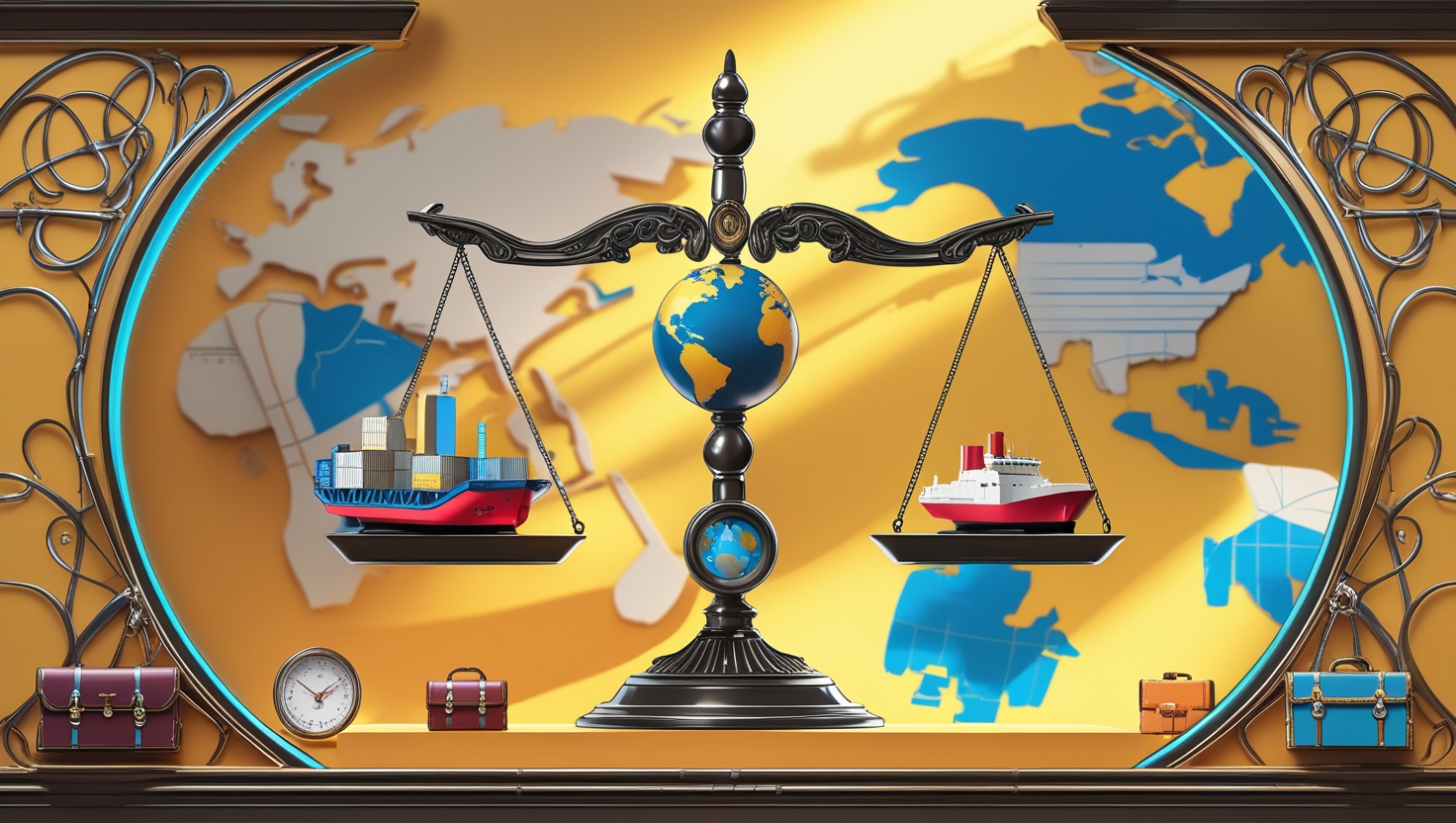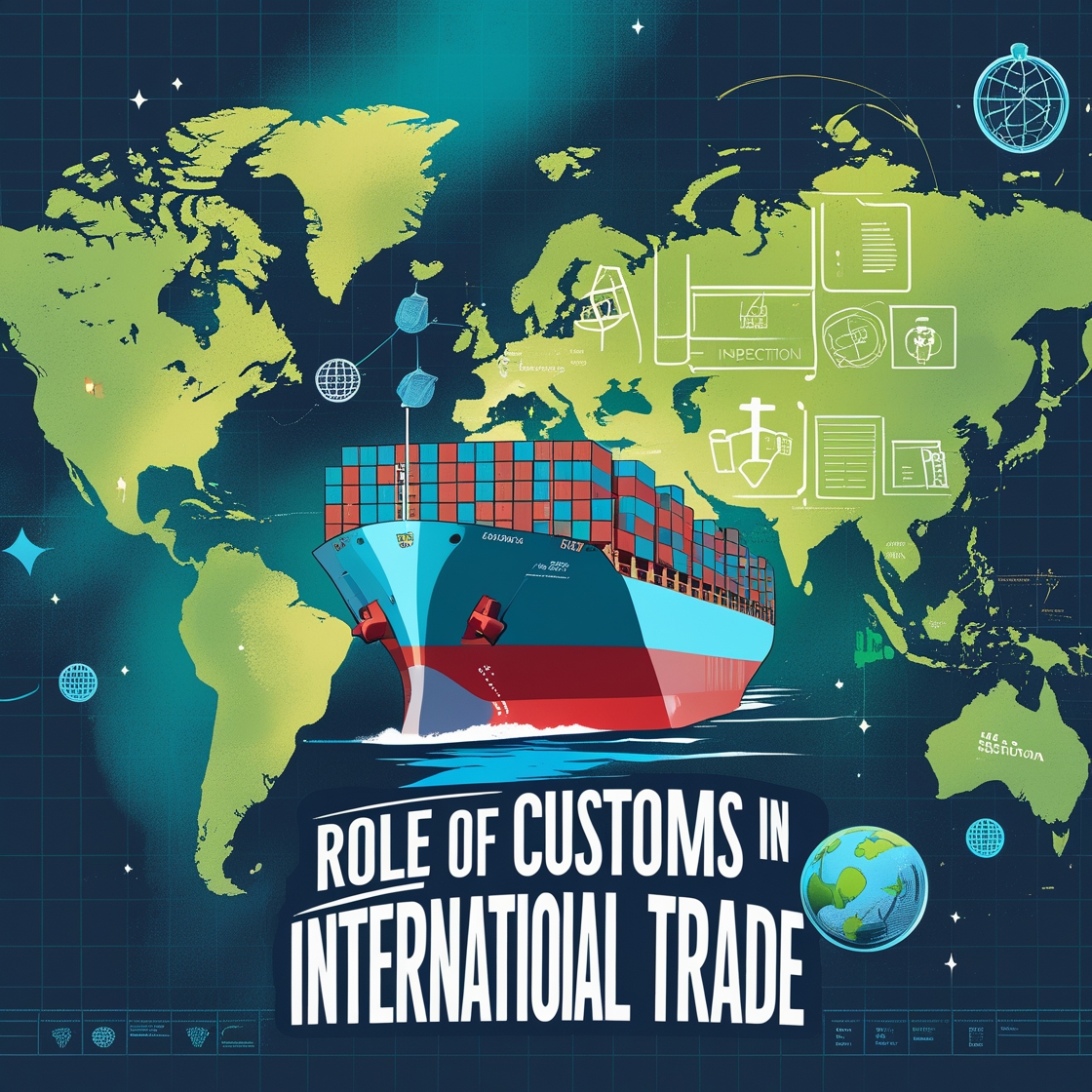The trade balance is a vital indicator of an economy. With it, one can determine the health of an economy. As international trade and globalization take up most of the economies of countries, trade balance has become even more important. If you want a deeper dive into the economy, understanding the trade balance can take you a long way. Here, we will discuss the trade balance in-depth and its importance to the economy.
What is Trade Balance?
Trade balances refer to the balance of imports and exports. The difference between the export and import of a country within a certain time frame in monetary terms is the trade balance. Companies of various countries make transactions with one another. Countries can record their transactions and their account status with the rest of the world by it. The economic activities of a country can give it a trade surplus or a trade deficit.
- Trade Surplus: A positive trade balance means a surplus. Countries that export more than they import have a net positive balance. This is called surplus. China traded with the rest of the world worth $5.05 trillion amount of goods by October 2024. Among that, $2.89 trillion was in exports and $2.09 was in imports. The same gave China a $770 billion trade surplus.
- Trade Deficit: A negative commerce balance means a deficit. Countries that import more than they export have trade deficits. In September of 2024, the USA imported $352.3 billion worth of goods while exporting $267.9 billion worth of goods. This resulted in a trade deficit of $84.4 billion.
Calculating Trade Balance
It’s quite simple to calculate the commerce balance. All you need is data on total exports and imports within a certain period of time. The difference between them will tell you the trade balance.
Trade Balance = Exports – Imports
If exports are higher than imports, the outcome is a positive commerce balance. So, the country is in a trade surplus. On the contrary, if it’s negative, the country has a trade deficit.
In October of 2024, Germany recorded a trade surplus of $14.6 billion. The country exported $135.8 billion worth of goods while importing $121.2 billion of goods. Their difference resulted in a trade surplus for Germany.
Importance of Trade Balance
It provides insights into the country’s economy and its position in the global economy. Some of the factors are:
Economic Strength
This surplus balance of trade means the country exports more than it imports while it needs. Indications are that such countries have a strong industrial backbone because they can manufacture many necessary products, ranging from a simple ballpoint to complex electric vehicles. This, again, is depicted in Japan. The other example includes South Korea. The country exports lots of high-tech products, such as vehicles and electronic devices, to countries all over the world. A country can have a trade surplus even without a strong manufacturing base if it exports natural resources or raw materials. Saudi Arabia is a good example that relies on the exports of crude oil to have a trade surplus.
On the other hand, a country that has a trade deficit indicates it doesn’t have a strong industrial base. So, the country has to rely on foreign imports to support the domestic needs. This is the case for most developing and underdeveloped nations. But this can also be true for developed nations, and the USA is a stark example. The USA shifted its manufacturing overseas, which resulted in a trade deficit over time.
Effect on Currency Exchange Rate
Trade balance influences the fluctuation of the exchange rate. If a country consistently retains a trade surplus, the value of the currency will go up over time. This is due to the increased demand for that particular currency to do business with the country. The Chinese Yuan has gained value over the years due to its strong trade surplus. So, a trade surplus can lead to an appreciation of currency.
Alternatively, if a country is always in a trade deficit, it negatively affects the exchange rate of the country. Most of the developing and underdeveloped countries see inflation due to trade deficits. The only exception is the US dollar since it’s the currency that is used for global trade, so even with trade deficits, the US doesn’t face severe inflation, unlike most countries around the world.
Impact on GDP
Trade balance is important in determining the GDP of a country. If the country has a trade surplus, that means the country is exporting more to the rest of the world. This means the country is seeing growth. So, a positive trade balance is GDP growth. On the contrary, a negative balance of trade means the country’s economy is slowing down and not seeing growth.
Debt and Foreign Dependency
Countries operating on continuous trade deficits have to borrow from other nations to keep their economy and country running. It is not viable long-term because it builds up the debt that the country won’t be able to pay back if it doesn’t turn the trade balance into a positive one. A country with a trade surplus, on the other hand, can invest in a growing nation to enjoy future returns from emerging economies.
Employment and Job Creation
A country that regularly maintains a trade surplus can invest heavily in their infrastructure and develop its manufacturing and industrial base further. This results in more job creation. As a result, unemployment goes down. Countries such as China and South Korea continue to expand in various sectors, creating new jobs for their citizens.
Trade balance provides information on a country’s economy and its trajectory of development. With a trade surplus, a country can thrive in the competitive global economy, while a deficit can stifle growth. Countries can implement various economic policies to manage their trade balance effectively for better economic growth.


